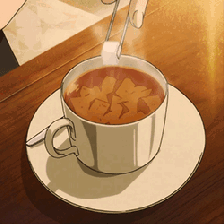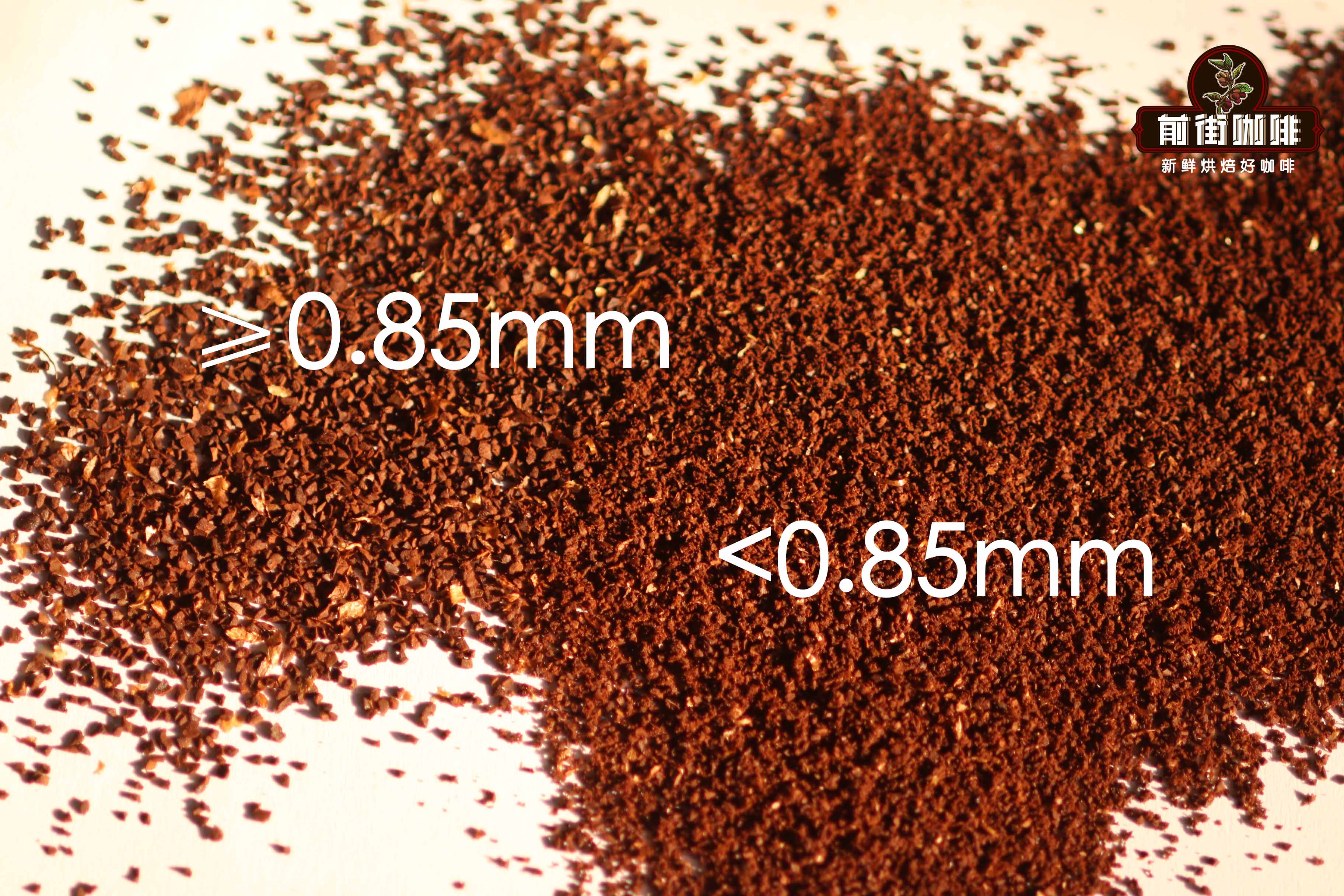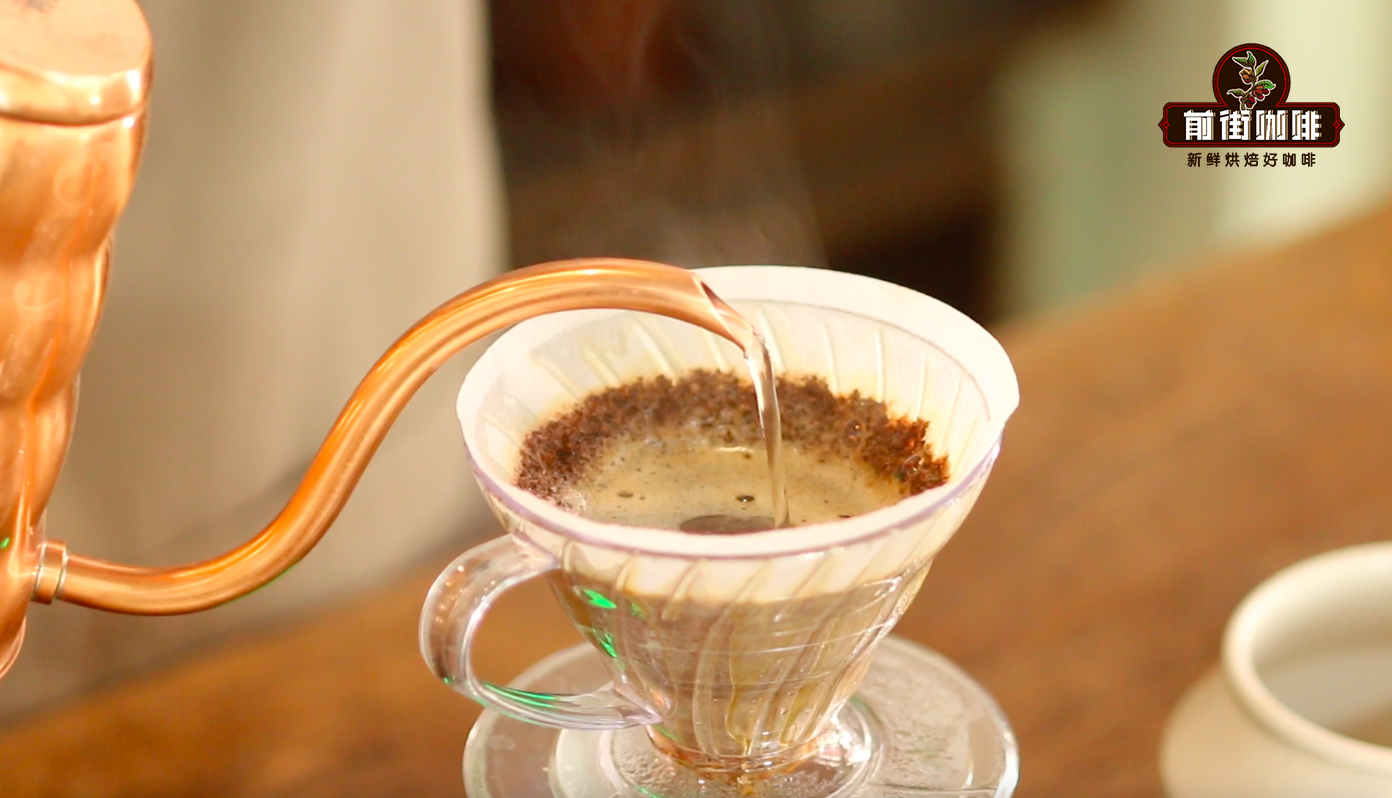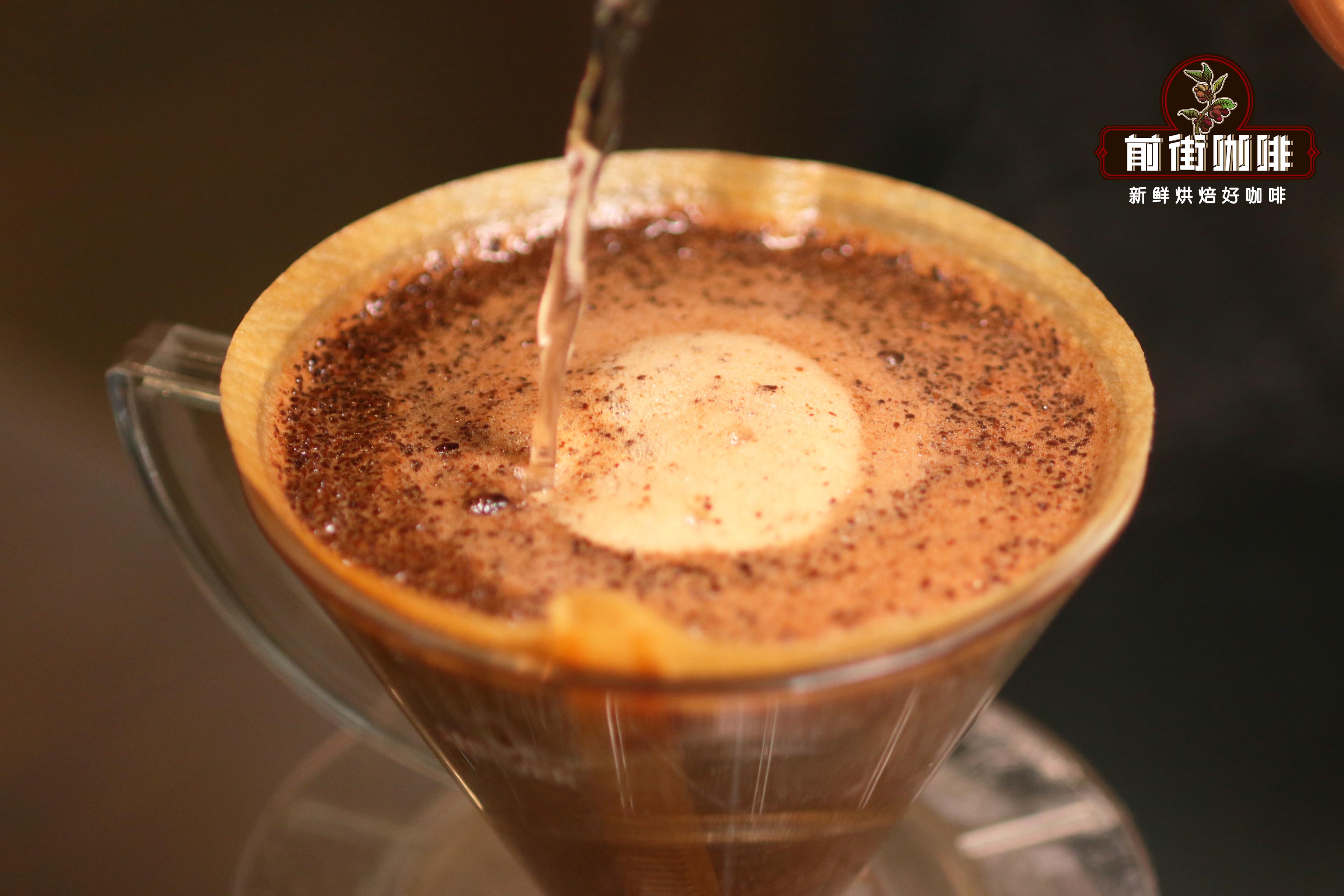How to flush out the sweetness of hand-brewed coffee how to adjust the grindability and water temperature to sweeten


It's a joke! Jokes aside, since a friend has asked this question, it must be taken seriously. There is a boring little question in the front street, "whether it is coffee roasting or coffee brewing, how to sweeten it, but not how it is more sour and bitter." Qianjie got two reasonable answers: ① everyone loves sweet; ② reflects the sweetness of coffee is not small.

How to wash out the sweetness of coffee? Qianjie thinks the most important thing is that the coffee beans you brew should contain sweet substances. The sweet punching method is only to extract the sweet substances from the coffee beans as much as possible to reduce the release of bitter substances, so as to make this cup of coffee "sweet". Therefore, we must make it clear that techniques can indeed make coffee sweeter, but it is not omnipotent and must be discussed because of beans.

Qianjie divides the types of coffee beans into two categories, namely, medium-shallow roasted and medium-deep roasted coffee beans. The following will focus on the analysis of these two types of coffee beans sweet ideas.
Medium and shallow roasted coffee beans will generally show fruit-like acidity. Generally speaking, as long as it does not flush out the bitterness of the latter paragraph, the taste of coffee will not be so bad. So there will be a lot of insurance flushing, the general idea is to avoid the bitter taste, using a low extraction way, so it is more difficult to produce a repulsive defective flavor, but also to ensure the tonal flavor of the main fruit. However, if you want to maximize the sweetness of coffee, you also need to take the risk of being too good. I believe everyone has dabbled in the sour-sweet-bitter model of coffee extraction.

From this ideal model, the high sweetness in the middle must be released in order to rush sweet. So, if you use the current method to flush medium and shallow coffee beans feel sweet enough, you might as well try the suggestion in front of the street: ① increases the water temperature by 2 degrees Celsius; water temperature is an intuitive factor affecting extraction efficiency, and increasing water temperature can improve the extraction rate per unit time. The popular explanation is that it is decided that a cup of coffee is too sour, and the next time you can choose to increase the water temperature moderately. ② tries to sift out the coarse powder; we used to worry about the fine powder, but if you decide that a cup of coffee is too sour, it's definitely not the fine powder's fault. Qianjie often says that the grinding screening rate of hand-made coffee is 80% through 0.85mm sieve, and coffee powder with a diameter greater than 0.85mm belongs to coarse powder.

On the other hand, the substance released by coarse powder is relatively slow, and sifting out coarse powder is helpful to highlight the sweetness of coffee. ③ method to avoid risk; the above two options according to the situation to choose one of the two, in the water injection need to pay more attention to the flow and circle control. The number of water injection sections can be divided into three stages (including steaming), and the amount of water injection (15g powder) is 25ml/125ml/90ml respectively.

The general flavor of deep-roasted coffee beans is mainly characterized by the bitterness of nuts and dark chocolate, and the outstanding sweetness will be caramel, maple sugar and fructose. The poor coffee will show a bitter to the end, until the throat is bitter, and the bitter aftertaste is extremely long. Therefore, many people will make deep-roasted coffee "sweet" as their way of brewing spiritual practice. The cooking advice shared by Qianjie is high concentration and low extraction to reduce the release of bitterness without losing the taste. The filter cup can choose the slower flow rate, the flow kono filter cup can be selected here in the front street. The degree of grinding is 68% through 0.85mm sieve, the proportion of powder to water is 1:13, and the water temperature is 88 degrees Celsius.

The method of brewing and cooking is also very simple, around the word "soft", first steam 30ml for 30 seconds, then gently circle the way directly into 195ml, raise the powder layer, and leave the rest to soak and extract. There is nothing wrong with the general parameters, and they are basically very sweet.
Important Notice :
前街咖啡 FrontStreet Coffee has moved to new addredd:
FrontStreet Coffee Address: 315,Donghua East Road,GuangZhou
Tel:020 38364473
- Prev

The common types and tastes of coffee introduce the taste characteristics of individual coffee beans.
The most common types of coffee are instant coffee, espresso, American coffee, latte, hand-brewed coffee and so on. Instant coffee should be the coffee that people drink more at home, similar to the instant coffee powder of Nestl é. Instant coffee is a kind of coffee that drains the water from the espresso liquid that has been made and then makes it.
- Next

Which is better decaffeinated coffee or regular coffee? black coffee has advantages and disadvantages in taste.
Which is better, decaf or regular coffee? we need to understand what decaf is. Decaffeinated coffee refers to the separation of caffeine from coffee by artificial special treatment, which can be separated in many ways. For example, the common Swiss water treatment method is to soak the coffee in warm water.
Related
- Beginners will see the "Coffee pull flower" guide!
- What is the difference between ice blog purified milk and ordinary milk coffee?
- Why is the Philippines the largest producer of crops in Liberia?
- For coffee extraction, should the fine powder be retained?
- How does extracted espresso fill pressed powder? How much strength does it take to press the powder?
- How to make jasmine cold extract coffee? Is the jasmine + latte good?
- Will this little toy really make the coffee taste better? How does Lily Drip affect coffee extraction?
- Will the action of slapping the filter cup also affect coffee extraction?
- What's the difference between powder-to-water ratio and powder-to-liquid ratio?
- What is the Ethiopian local species? What does it have to do with Heirloom native species?

